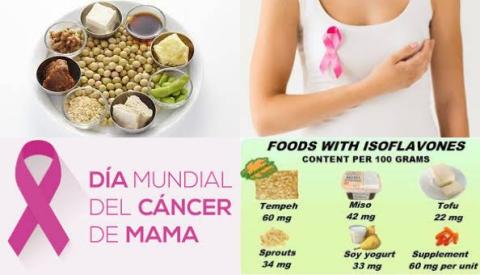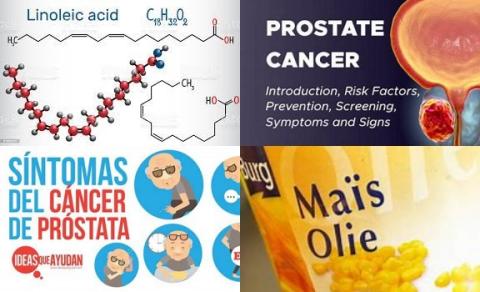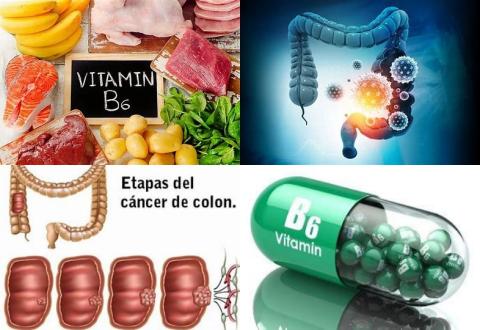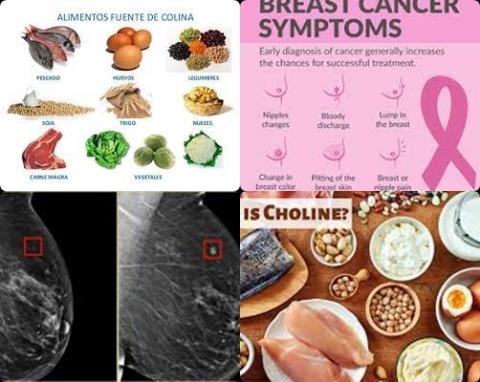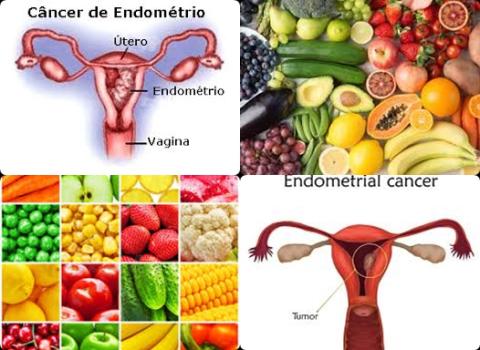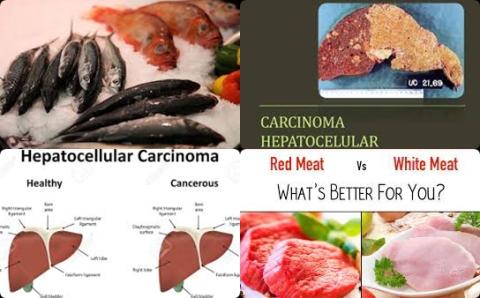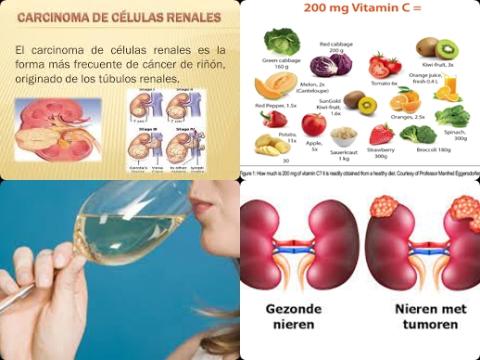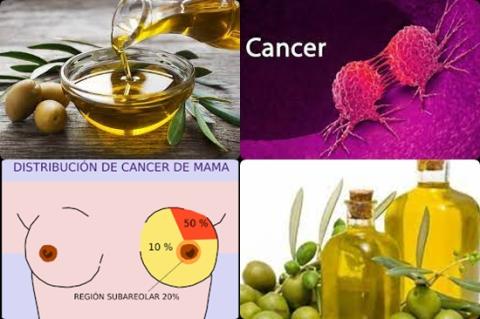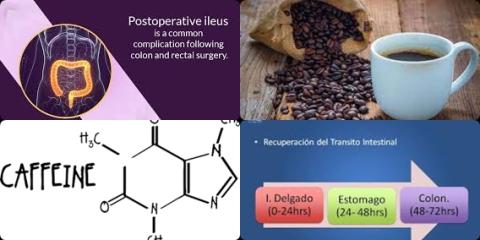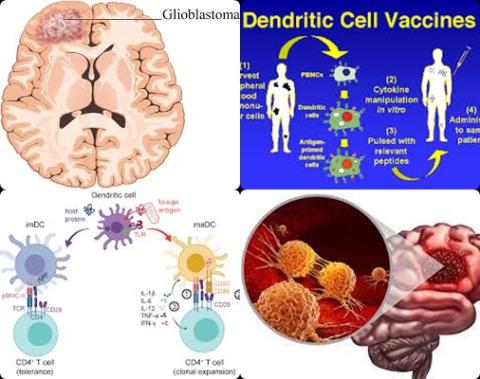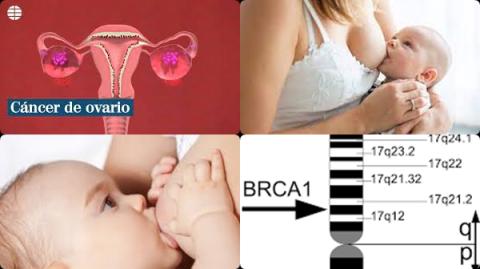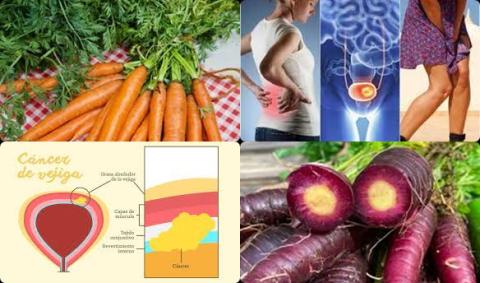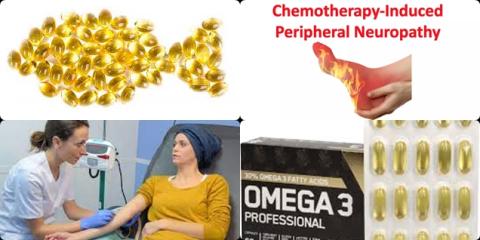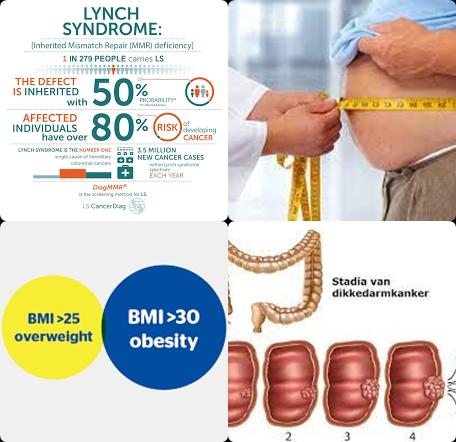Sport nutrition
Scientific studies (review articles) on the relationship between diet/nutrients and sport performance:
One swallow does not make a summer. A famous Dutch saying that could not be any more obvious. Just because one single scientific study about a certain topic makes certain claims, it does not necessarily mean it is true. On the other hand, a review article (a collection of scientific studies on a certain topic) of randomized, placebo-controlled double blind clinical trials (RCTs) will answer the following question:
"Do taking dietary supplements make sense?" Yes for a positive conclusion and no for a negative conclusion.
One swallow does not make a summer. A famous Dutch saying that could not be any more obvious. Just because one single scientific study about a certain topic makes certain claims, it does not necessarily mean it is true. On the other hand, a review article (a collection of scientific studies on a certain topic) of cohort studies or case-control studies will answer the following question:
"Should I change my diet?".
2021:
- Chair-based exercise programmes improve upper extremity and lower extremity function in older adults
- Supplementation with L‐arginine alone increases VO2 max in healthy people
- Whey protein supplementation increases lean body mass in adults
- Protein quality has significant impact on indices of muscle protein anabolism in young and older adults
- Tart cherry supplementation improves recovery from strenuous exercise
- Physical activity enhances immune system and increases potency of vaccination
- 3 times per week 30-60 min high-intensity interval training causally reduce visceral adipose tissue
2020:
- High-load and low-load resistance training have similar effects on femoral neck and lumbar spine bone mineral density
- 10-12 g/d arginine during 8 weeks improve sport performance
- Physical exercise offers benefits to patients with chronic kidney disease
- 30 min/day light-intensity physical activity reduce cancer mortality
- Protein supplementation increases lean body mass in adults
- Whole-body vibration improves bone mineral density in postmenopausal women
2019:
- Strength training decreases inflammation in adults
- Creatine supplementation does not induce renal damage
- Exercise intervention in kidney transplant recipients improves quality of life
- 3 mg creatine/kg/day for 14 days improve anaerobic performance in soccer players
- Physical activity reduces lung cancer among smokers
2018:
- 1-6g/d taurine supplementation improves human endurance performance
- 10,000 steps a day do not decrease blood pressure in healthy adults
- Milk protein supplements + resistance training increase fat-free mass in older adults
- Aerobic exercise benefits global cognition in mild cognitive impairment patients
2017:
- Every 500 kcal increase per week reduce Alzheimer’s disease with 13%
- No more than 1.62 g/kg/day dietary protein supplementation augments resistance exercise training induced gains in muscle mass and strength in healthy adults
- High levels of physical activity reduce risk of breast cancer in postmenopausal women with a BMI until 30
- Resistance training reduces blood pressure in prehypertensive and hypertensive subjects
- It is probably better to consume a low-glycemic-index carbohydrate meal before endurance performance
- 688mg polyphenol supplementation for at least 7 days increases sport performance
- Decreased walking pace increases risk of dementia in elderly populations
- Creatine supplementation is effective in upper limb strength performance for exercise of maximum 3 minutes
2016:
2014:
- Exercise lowers the risk for diabetes conferred by insulin resistance
- Exercise training helps to prevent and to treat type 2 diabetes in youth
- Recreational physical activity reduces risk of gastric cancer
XXXXXXXXXXXXXXXXXX
Athletes who have a healthy, balanced diet, do not need vitamin and/or mineral supplements. Vitamin and mineral supplements cannot directly enhance sports performance. However, they can shorten the recovery period between training sessions and therefore, enhancing indirectly sports performance.
When you still want to take dietary supplements, it is good to know that:
- The positive effect of the supplement is dependent on the dosage and duration.
- The bioavailability is never 100%. For example, the bioavailability of L-carnitine supplement is 15-20%, meaning when 300 mg of L-carnitine supplement is taken, the body can only absorbed 45-60 mg.
- Dietary supplements are not always free of doping.
- The supplement only works when a positive conclusion was found in a review of randomized placebo-controlled, double-blind clinical trials (RCTs).
- Do not take supplements during physical exercises because they can adversely affect the sports performance.
It has been scientifically proven that water, carbohydrates, creatine and caffeine intake during physical exercises can increase sports performance.
A diet with less than 55 En% carbohydrates and/or less than 20 En% fat has negative effects on the sports performance.
It can take 2-3 days to restore the muscle glycogen level after physical exercises when a low-carbohydrate diet (<5 grams of carbohydrate per kg body weight) was taken.
The loading phase of carbohydrates and creatine:
During physical exercises athletes get mainly energy from carbohydrates, stored in the body as glycogen. Creatine is also an important energy supplier during physical exercises, which need a lot of energy in a very short time. Therefore, it is recommendable to increase the glycogen and creatine body stores just prior to a competition.
The loading phase of glycogen consists of reducing the training frequency while increasing the carbohydrate intake, 3 days before a competition. The carbohydrate intake during these 3 days is 7-10 grams per kg body weight per day.
Increasing muscle creatine stores can be done in 2 phases: the loading and maintenance phase. The 2 ways to increase muscle creatine stores are:
- 0.3 grams of creatine per kg body weight per day (5-7 grams of creatine each time with an interval of 3-4 hours) and 3-7 days long. After that, 3-5 grams of creatine per day for 4-10 weeks.
- 2-3 grams of creatine a day for 30 days.
The glycogen resynthesis (to restore the glycogen body stores after physical exercises) takes quickly place within 30-60 minutes after physical exercises. The speed of the glycogen resynthesis reaches its maximum at 0.8 grams of carbohydrate per kg body weight per hour.
The muscle and bone building phase take place during 24-48 hours after physical exercises.
It is a misconception to think isotonic sports drink is absorbed faster than hypotonic sports drink.
Rehydration drinks should have an osmolality of below 500 mOsm/l, preferably below 300 and a sugar content of 40-80 grams per liter. Rehydration is the replenishment of moisture during physical exercises.
Isotonic sports drink has an osmolality of about 300 mOsm/l and a sugar content of 40-80 grams per liter. During physical exercises, isotonic sports drink is recommended and hypertonic sports drinks (>80 grams of sugar per liter) must be avoided. The osmolality of human blood is approximately 275-300 mOsm/l.
Sports drinks with 40-80 grams of carbohydrates and 280-660 mg of sodium per liter are quickly absorbed in the body. This is the ideal isotonic sports drink. Sports drink is recommended in moderate physical exercises with a duration longer than 60-90 minutes.
It is internationally recommended to take 250 ml of liquid (or 1000 ml of fluid per hour) per 15 minutes during the competition in order to prevent dehydration, but also to maintain the sports performance. Furthermore, it is a scientific fact that the body can break down maximum 60 grams of carbohydrates per hour during the competition.
When you are feeling energetic during physical exercises, meaning that you have taken enough carbohydrates.
The best period to eat is 2-4 hours before physical exercises.
The common nutritional deficiencies among athletes are a deficiency of calcium, vitamin D and iron (especially under women athletes).
Dietary guidelines for athletes:
- The last meal should be 2-4 hours before physical exercises.
- Professional athletes are advised to choose products with 60-70 En% (minimum 55 En%) carbohydrate, products with 20-30 En% fat and products with 15-25 En% protein or your daily diet (=all meals/products that you eat on a daily basis) should on average contain 60-70 En% (minimum 55 En%) carbohydrate, products with 20-30 En% fat and products with 15-25 En% protein.
- Take dietary supplements only under expert guidance!
- 0.5 mg of vitamin B1 per 1000 kcal.
- 0.6 mg of vitamin B2 per 1000 kcal.
- 0.02 milligrams of vitamin B6 per gram of protein consumed.
- The recommended daily allowance is 6 mg of magnesium per kg body weight.
- The recommended daily allowance is 5-7 grams of carbohydrates per kg body weight per day.
- The recommended daily allowance of protein for athletes is 1.2-1.8 grams per kg body weight, for strength athletes is 1.5 grams per kilogram of body weight during the maintenance phase and 2.0 g per kg body weight during the loading phase.
Before physical exercises:
- Take 2 hours before the competition 500-1000 ml of fluid.
- Take 5 to 30 minutes before the competition 50 grams of sugars.
- Take 10 grams of protein just before the competition because it promotes the recovery of muscle damage.
- Take 3-5 minutes before the competition 150-300 ml of water or thirst quencher. This is called prehydration.
During physical exercises:
- Take during the competition no more than 35 grams of fructose per liter because fructose is slowly absorbed and therefore will give gastrointestinal complaints.
- Take during the competition 125-250 ml of fluid per 15 minutes.
- Take during the competition no more than 15 grams of sugars per 15 minutes.
- The optimal sports drink during the competition is a sports drink with 6 g sugars per 100 ml.
- Choose a sports drink during the competition with an osmolality around 300 or below 500 mOsm/l.
- Avoid during the competition hypertonic sports drinks.
- Take during the competition water, isotonic or hypotonic sports drinks.
- Take during the competition no coffee because you will lose more moisture.
After physical exercises:
- After the competition, there are 2 ways to restore the glycogen body stores:
- Take immediately (within 30 minutes) after the competition 1.2 grams carbohydrate (preferably simple sugars, such as glucose) per kg body weight. Repeat this every hour for 4-6 hours.
- 0.8 g carbohydrate per kg body weight + 0.4 grams of protein or amino acids per kg body weight per hour. Repeat this every hour for 4-6 hours.
- It is advisable to take after the competition 1.5 times the amount of water lost during the competition.
- Take 10 grams of protein within 30 minutes after the competition because it promotes the recovery of muscle damage.
